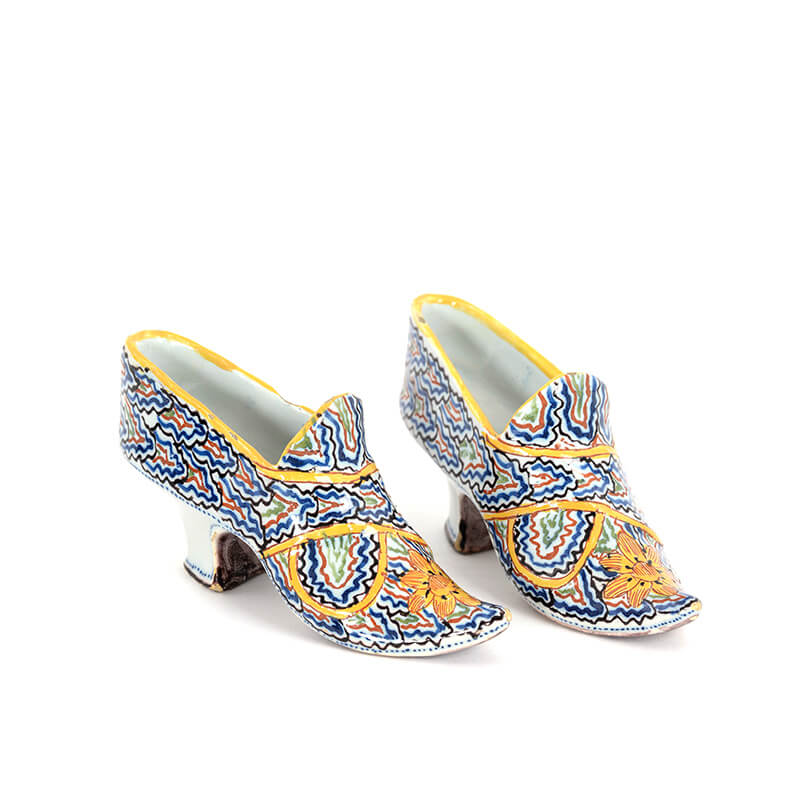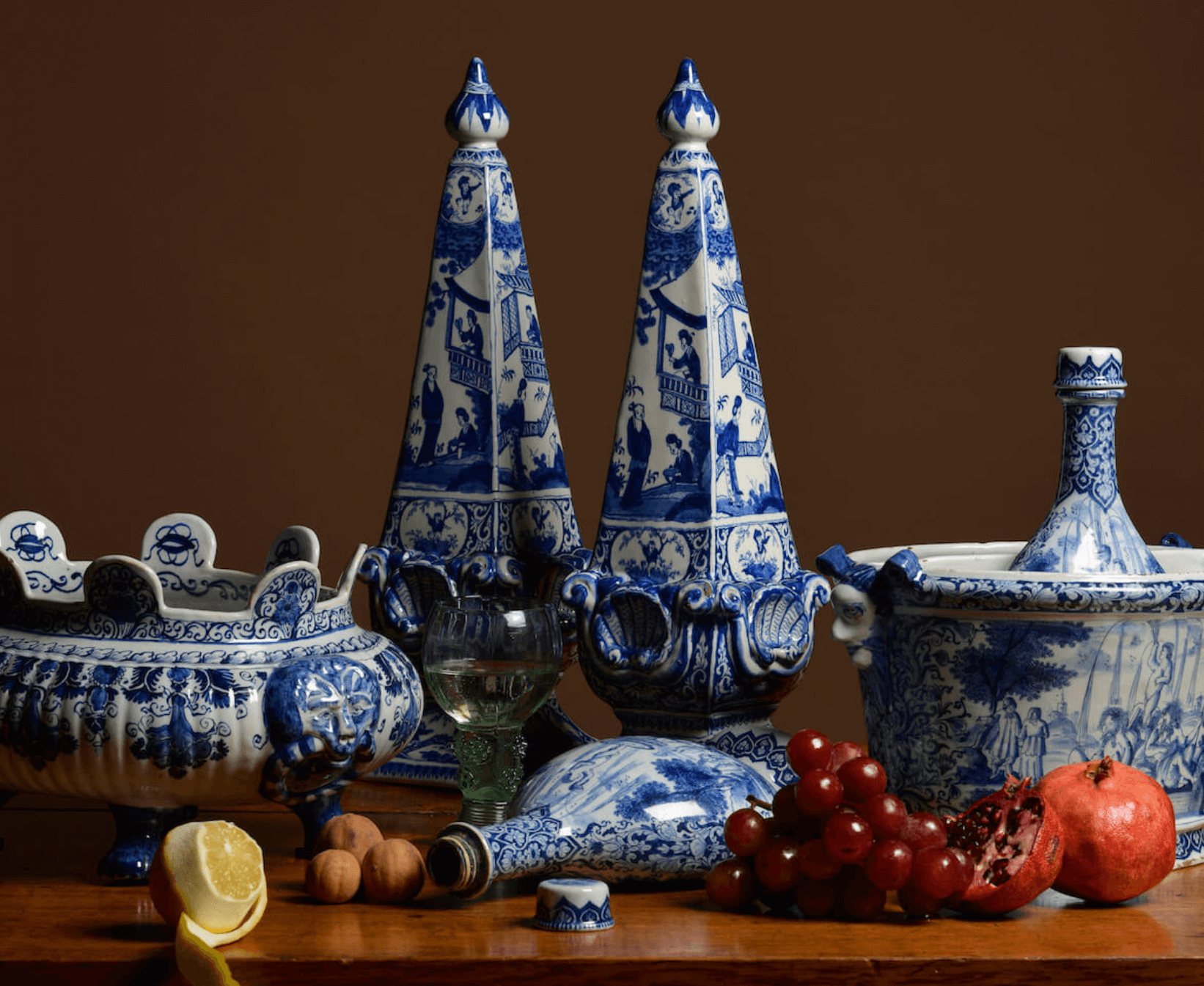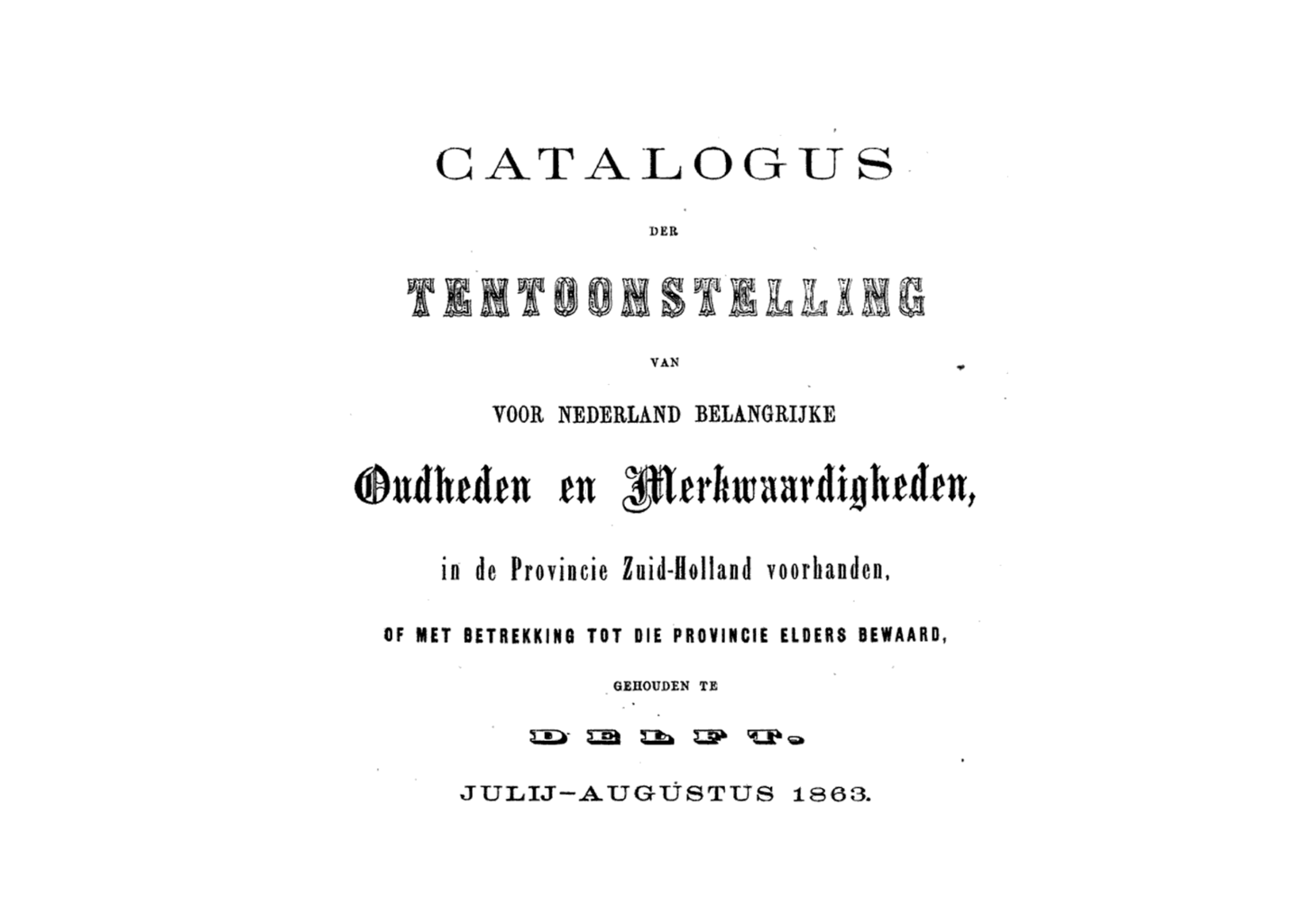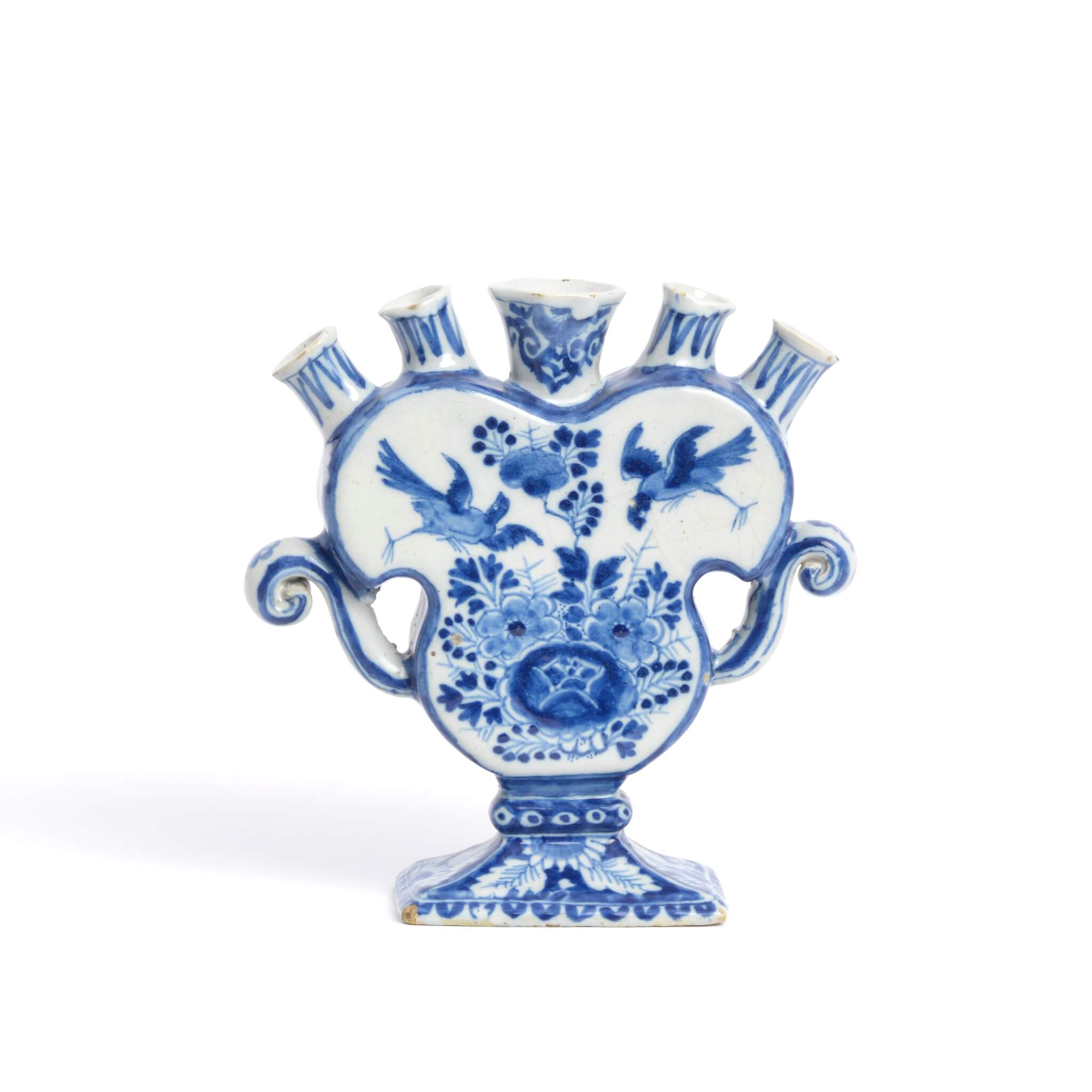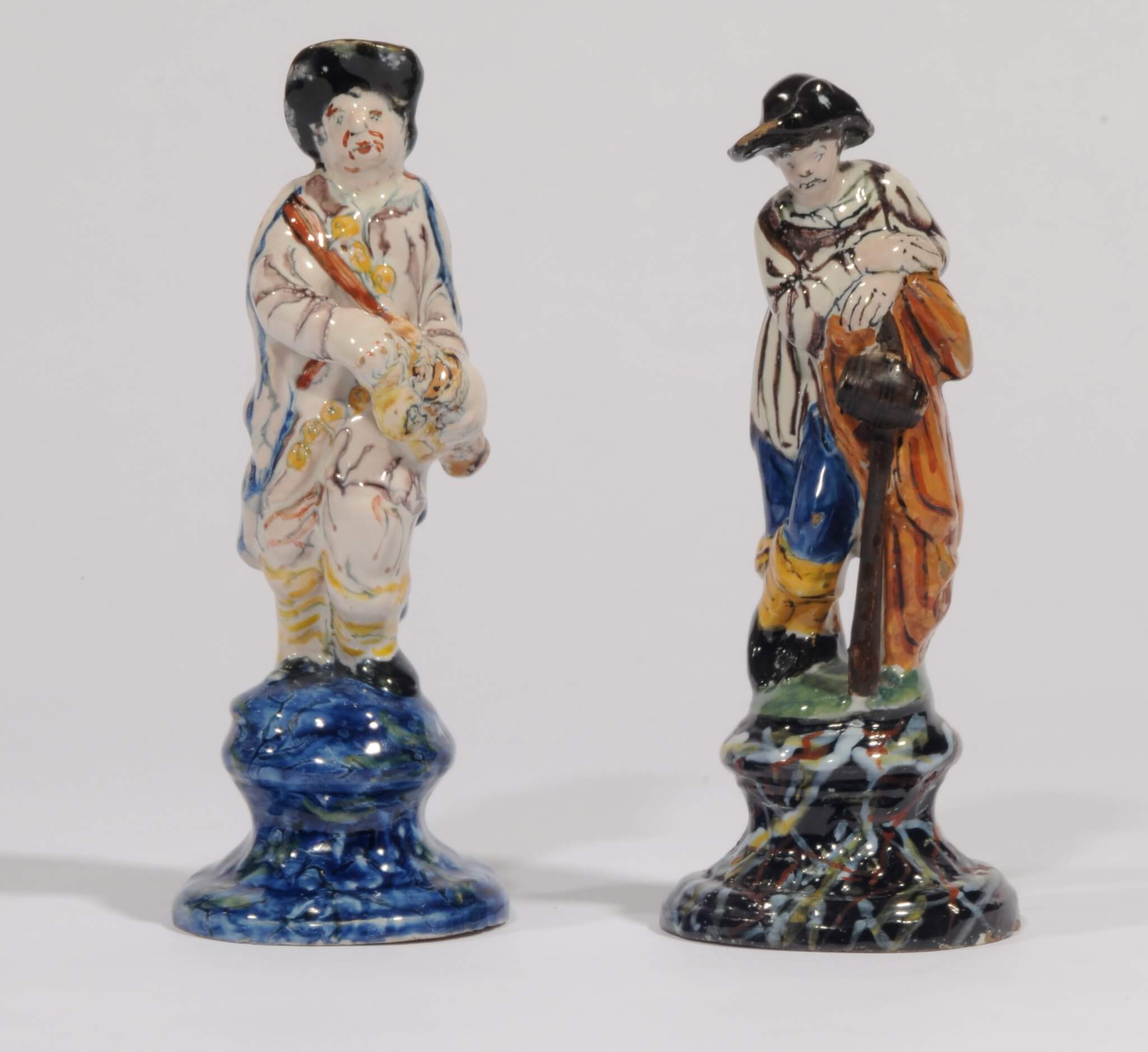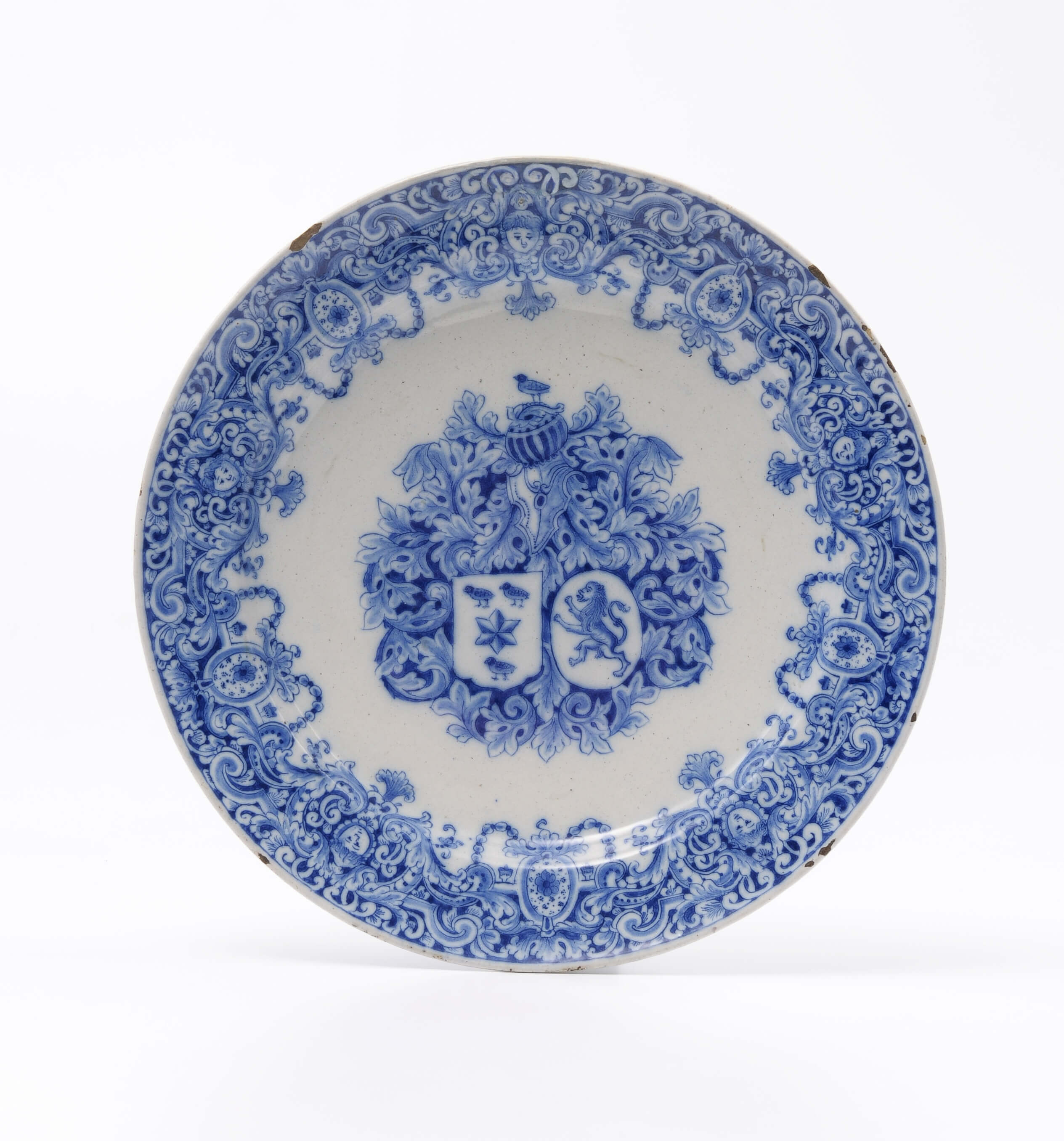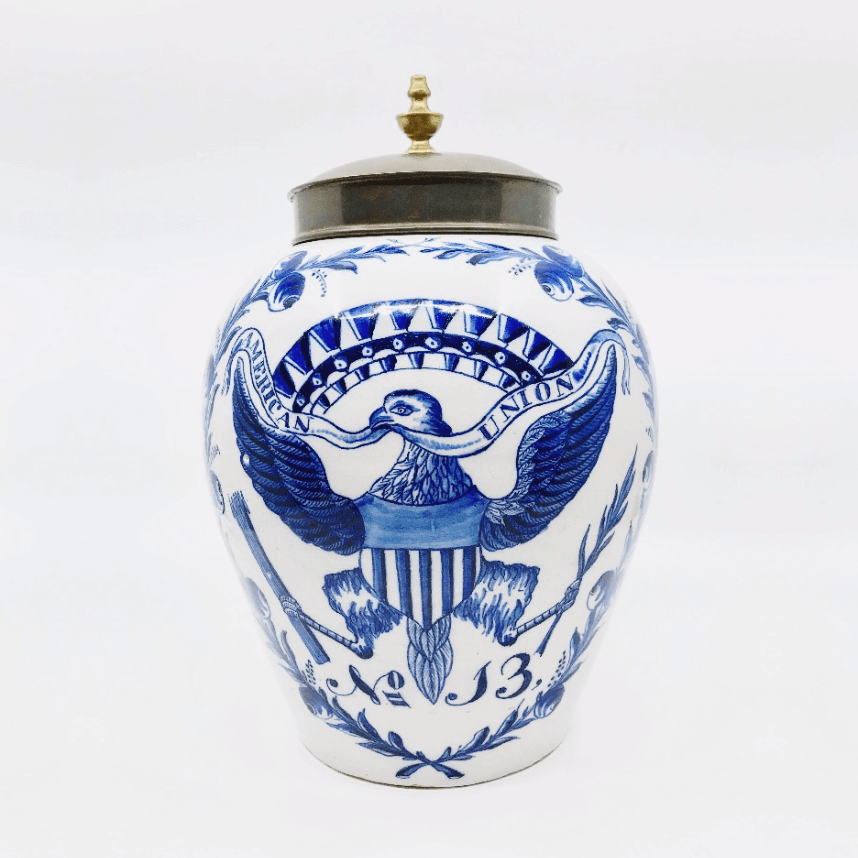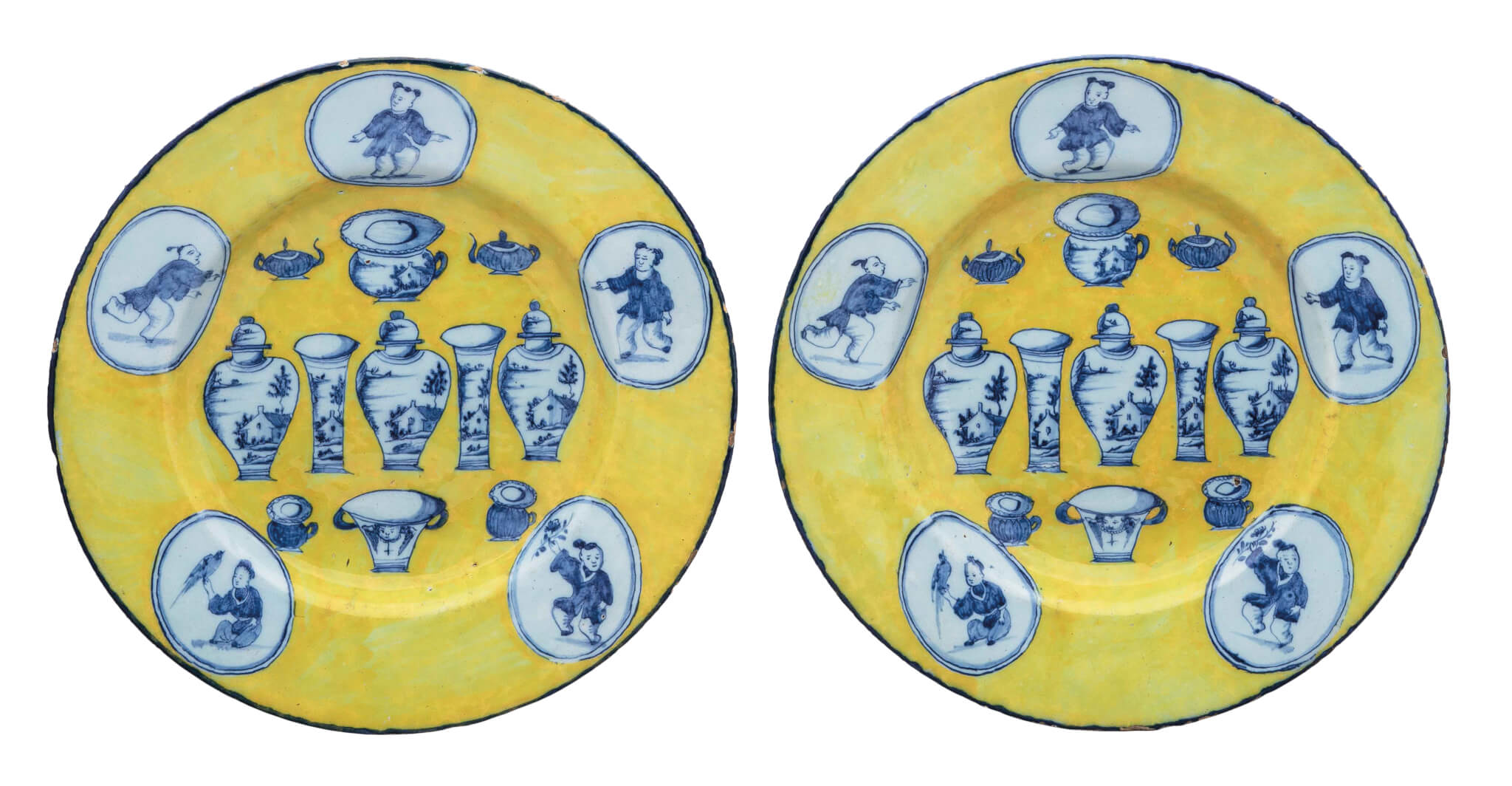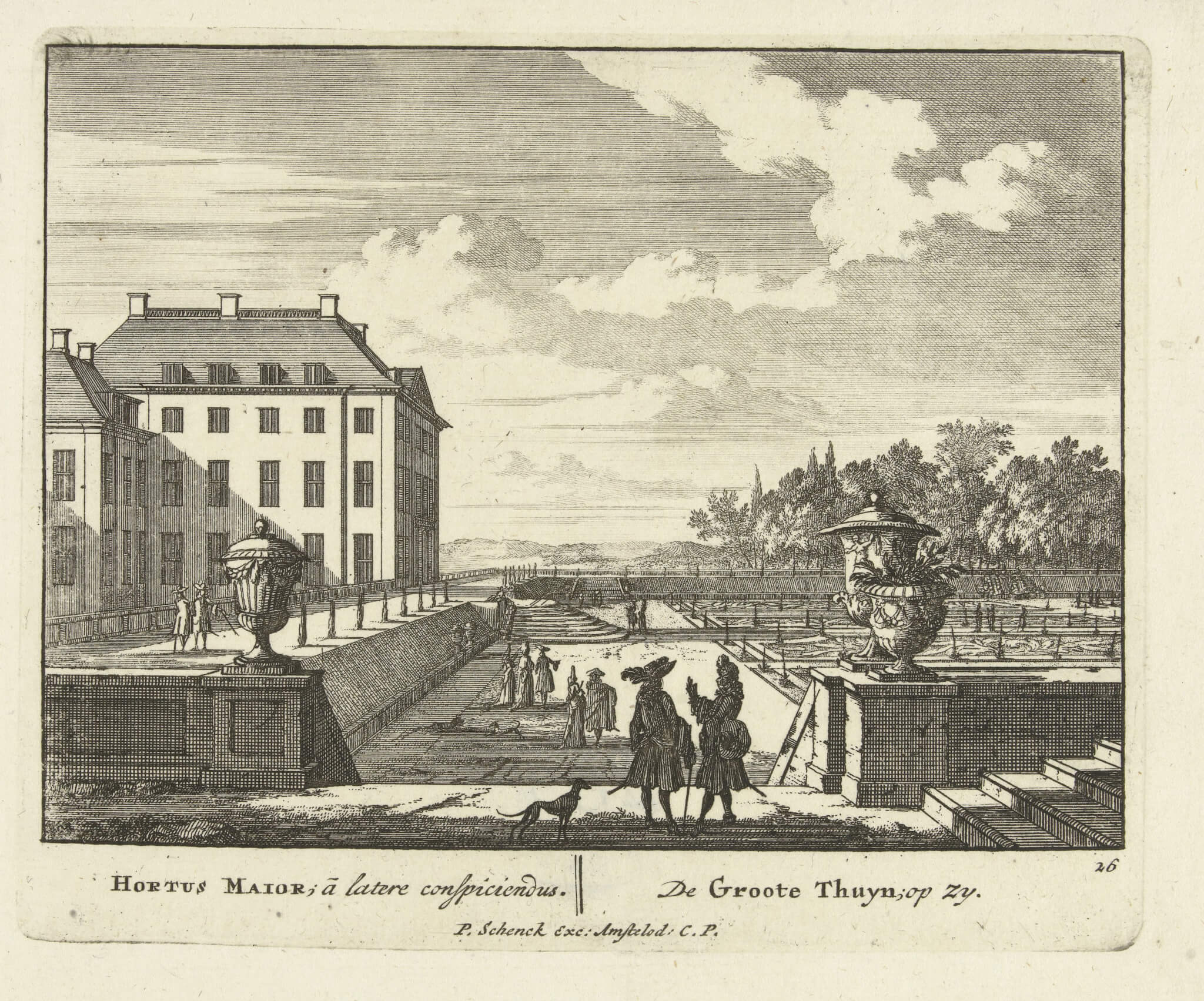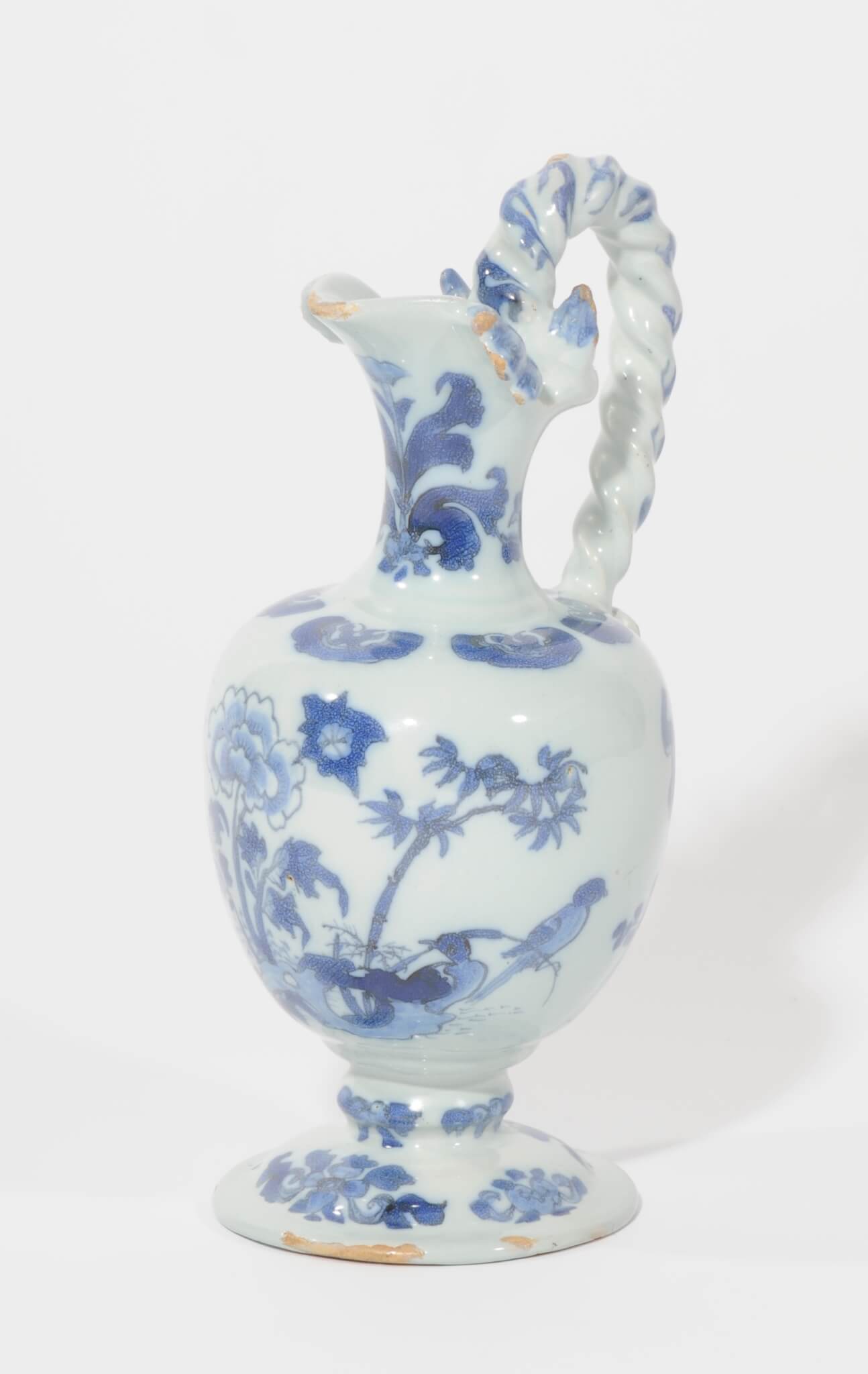Pair of Polychrome Models of Shoes
Every month we present a special object from the Aronson Antiquairs’ collection. This month we would like to show you this pair of polychrome models of shoes, made in Delft around 1765. In contrast to Delft slippers, small shoes like the present pair are more uncommon. The model for slippers are seventeenth century mules, or trippen, a…

